2 Terabyte Seagate Wireless Plus disk (Part 2): Not Exactly Plug and Play

AMITIAE - Wednesday 13 January 2016
|
2 Terabyte Seagate Wireless Plus disk (Part 2): Not Exactly Plug and Play |
 |
|
|
By Graham K. Rogers
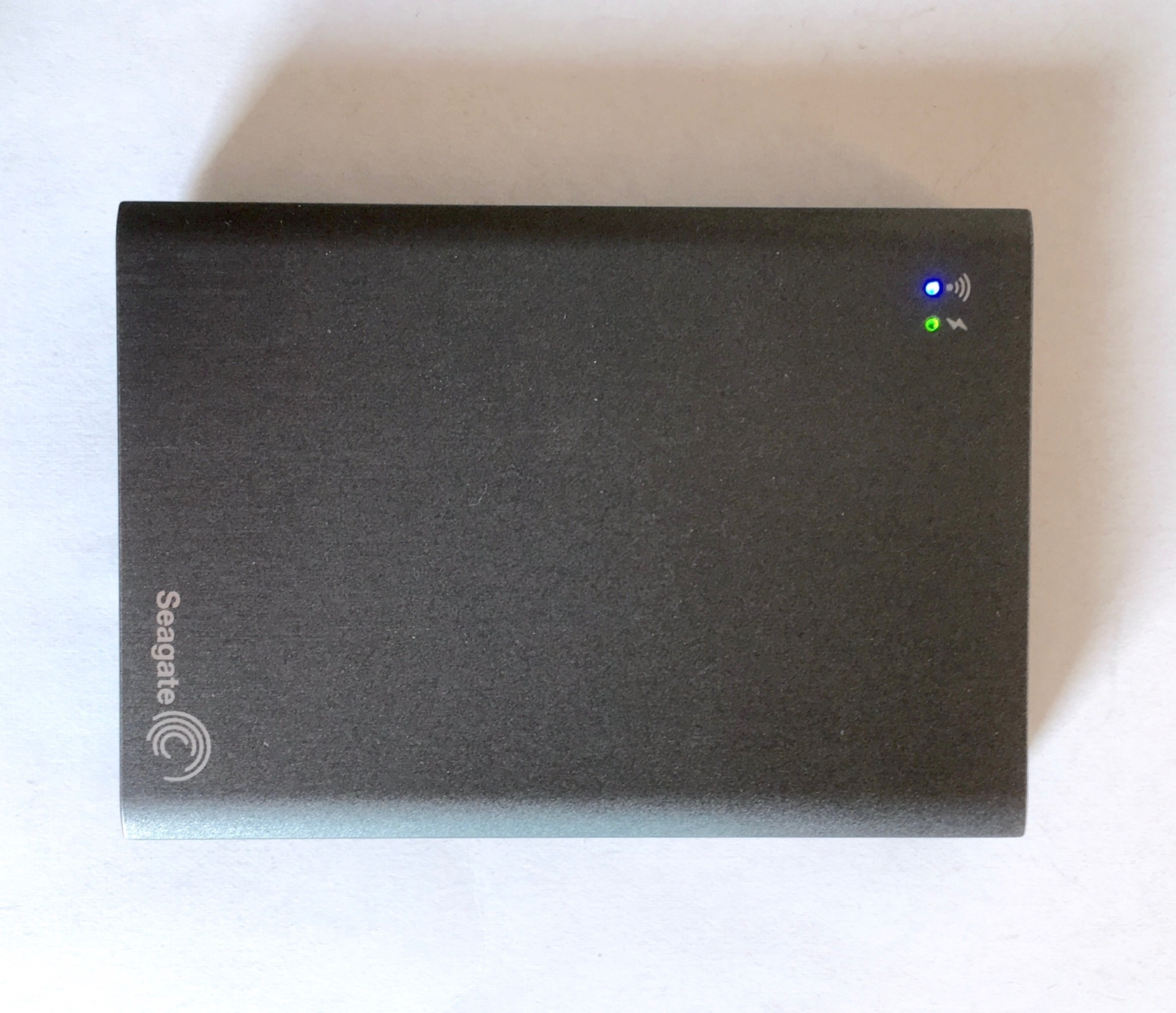
I found a link on the Seagate site, but had to create an account first. I don't want to keep creating accounts for everything I buy. No, no and no. I did, but checked boxes for no phone calls and no email. An email arrived immediately for verification and I was allowed to register, but there were several prying questions that I gave non-commital or vague answers to. A further email arrived thanking me.
Another example of the confusion was a link I followed to "Media Sync Software for MacOS". The file I was required to download was named "Seagate_Media.exe". Normally if I see a file with the .EXE extension that has arrived on the Mac, I am looking at malware. Macs cannot run these (except when using emulation software).
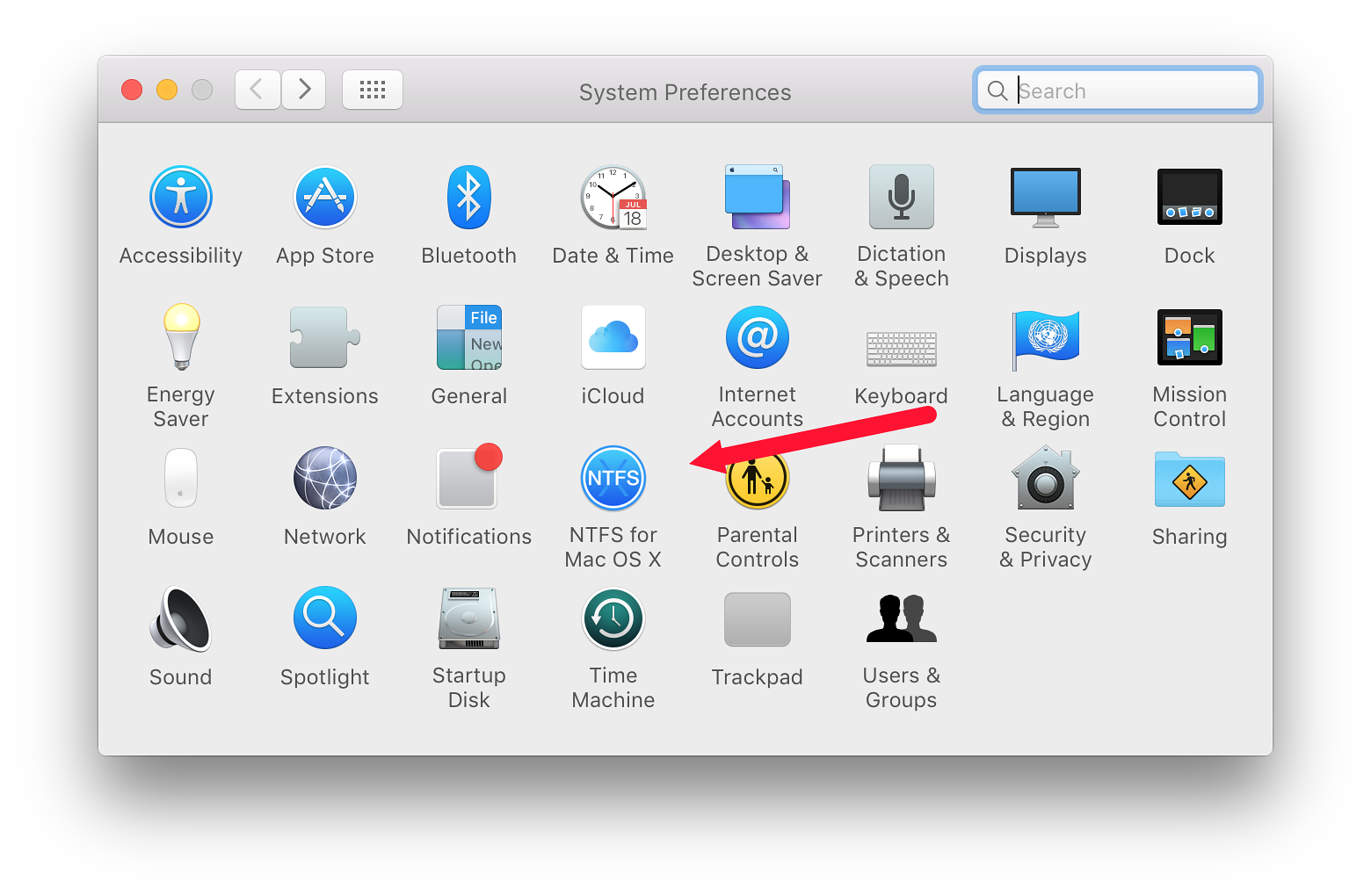
I downloaded the NTFS software and checked the manual to see if it went on the Mac or the disk. As an item is added to System Preferences, I guessed it was the Mac. What I did not see - there was no warning when I began the install process - was that I needed to restart the computer after this was done. The disk was not shown in the NTFS Preferences panel. When I removed then reconnected the disk, it was not visible at all on the desktop. I removed it, powered off, then re-connected. The disk was then visible on the desktop, but was still not shown in the NTFS panel. I was able to copy some large files to the disk, however. Permissions show I can read and write, so this does now work. The Paragon software manual shows screenshots from a version of OS X that is a few years old, so is in need of an update.
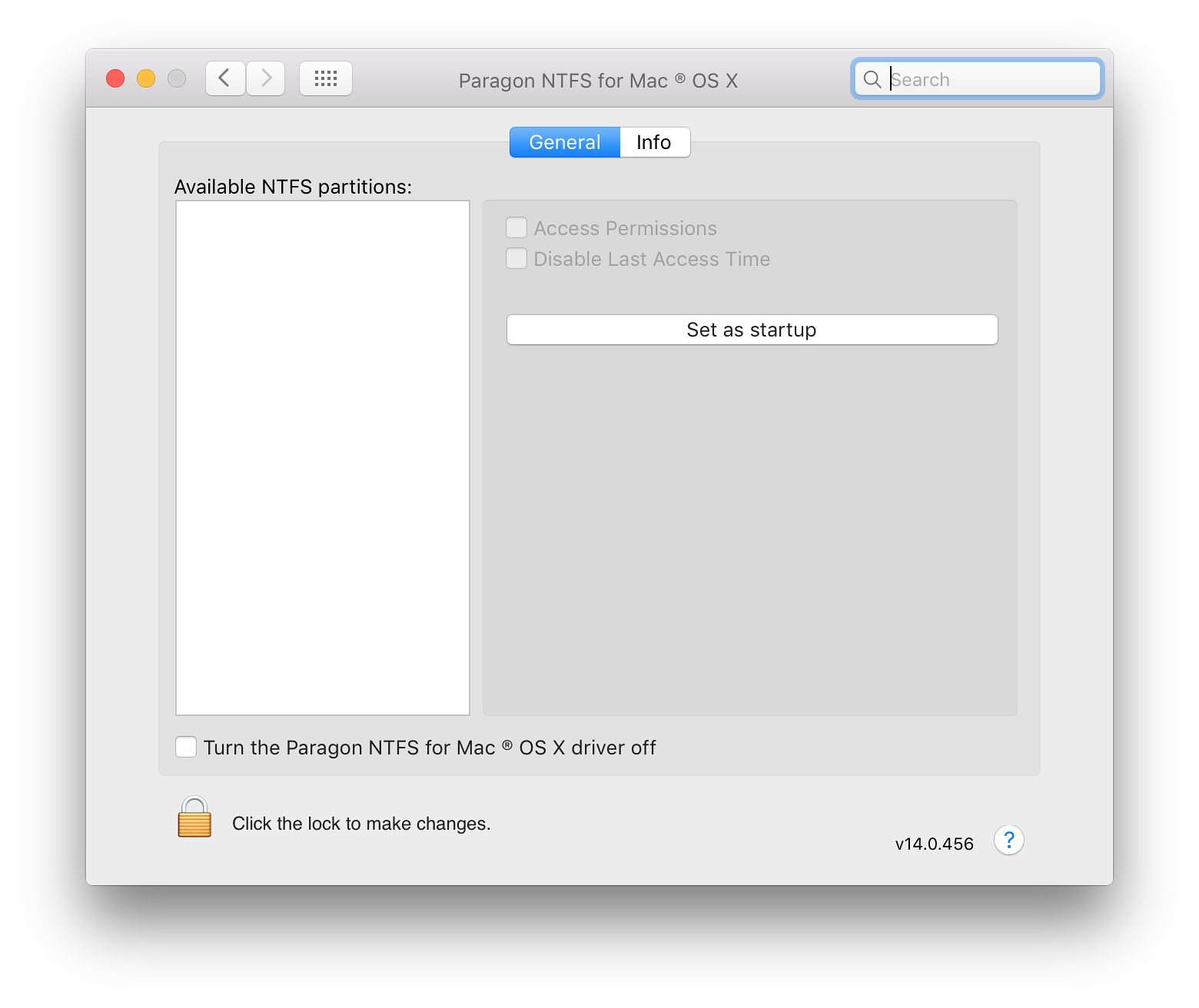
Back on iOS, the Seagate WiFi was seen by all the devices I tried. I accessed the SeagateMedia app via the iPad Pro (biggest screen and the keyboard - that was all) and in settings created a password. This must have at least 8 characters, but can only be alpha-numeric. I chose random characters. However, the device failed to access my normal WiFi network via its pass-through facility. Each time I entered the password - either by copying or diligently typing in, the connection failed. The app was available on all iOS devices. Finally, the iPhone accepted the password, then all devices had pass-through WiFi and I was able to access the Internet.

Contents of Disk Displayed in Safari on the Mac
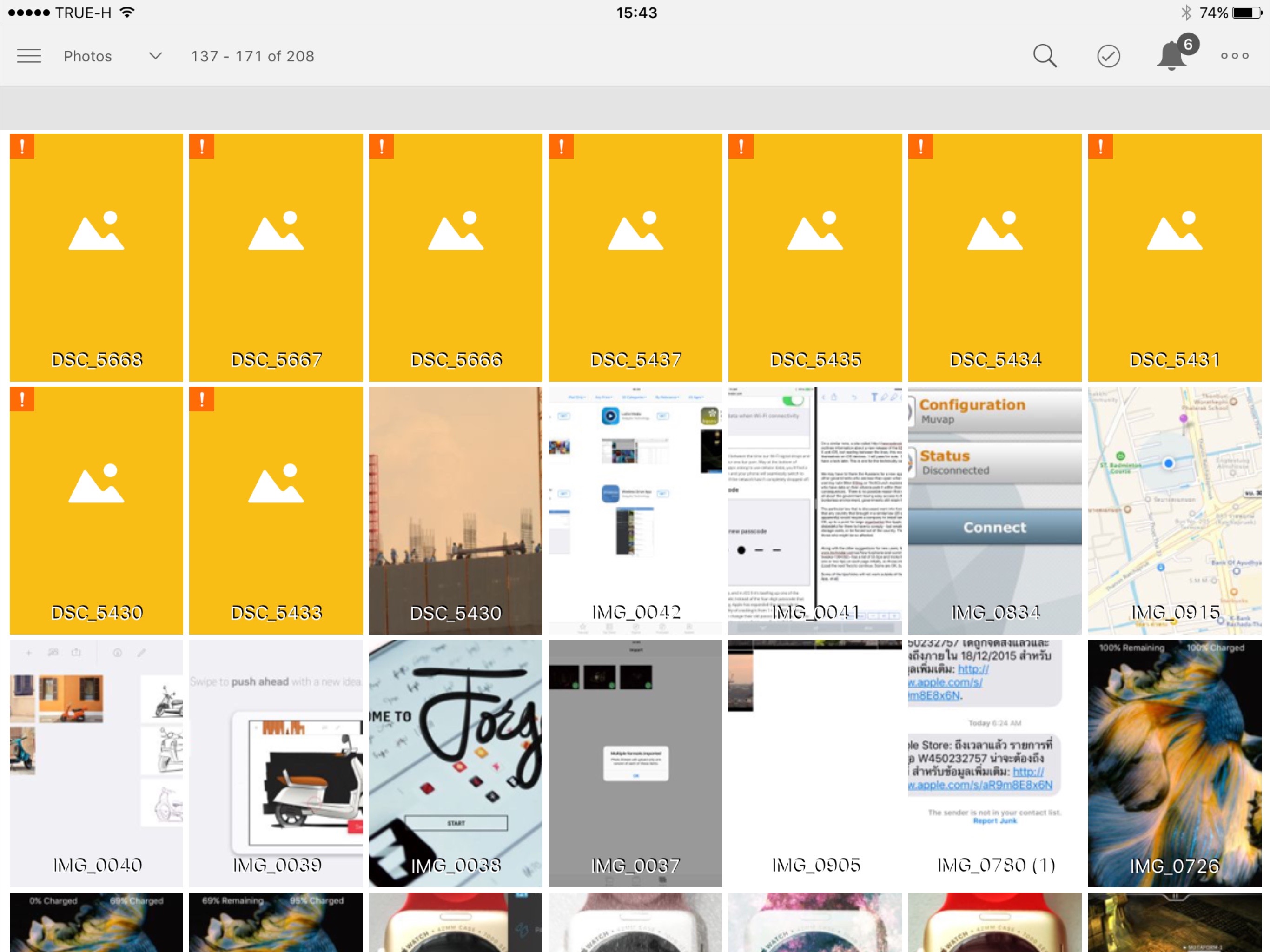
Contents of Disk in SeagateMedia App on iPad Pro (RAW images unavailable
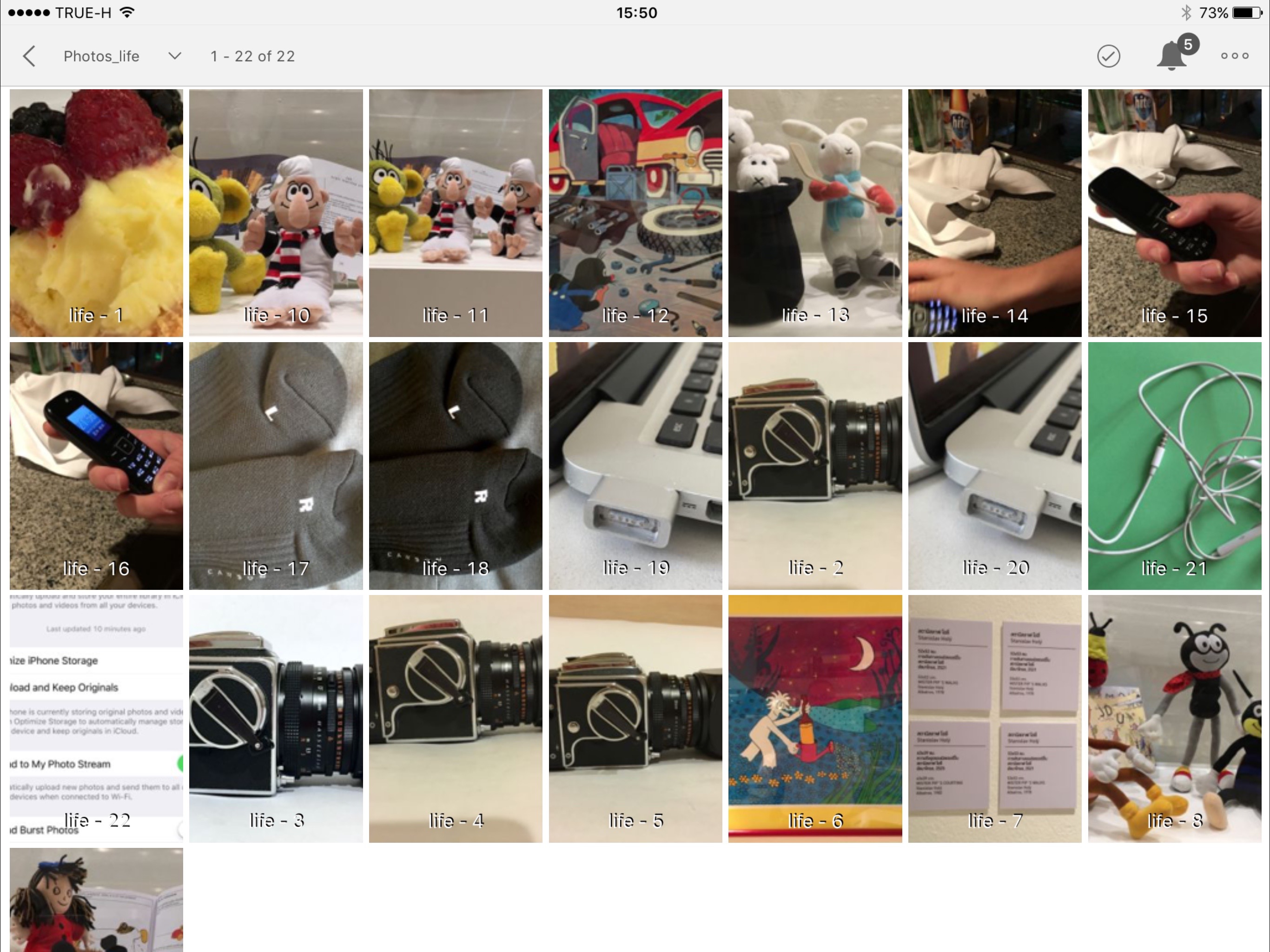
Photo Contents of Disk in SeagateMedia App on iPad Pro
I wish I had not bought this.
See Also:
Graham K. Rogers teaches at the Faculty of Engineering, Mahidol University in Thailand. He wrote in the Bangkok Post, Database supplement on IT subjects. For the last seven years of Database he wrote a column on Apple and Macs. He is now continuing that in the Bangkok Post supplement, Life. |
|

For further information, e-mail to
Back to
eXtensions
Back to
Home Page